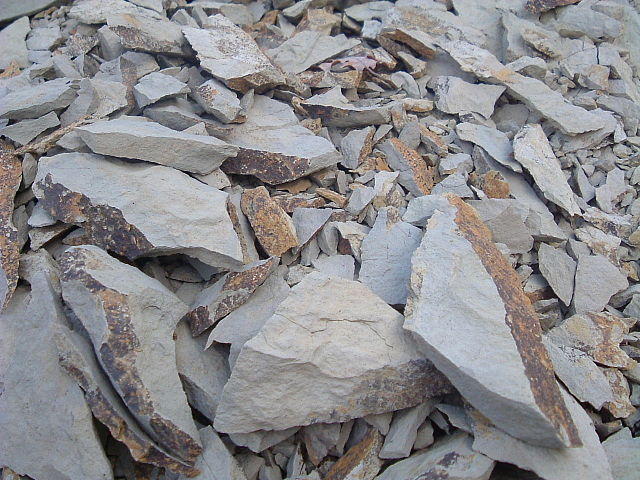
Terroir in Chianti: How Sangiovese Interacts with the Land
Chianti, a historic and revered wine region in Tuscany, Italy, has long been synonymous with the Sangiovese grape. The unique characteristics of Chianti wines are deeply tied to the region’s terroir—a term used to describe the combined influence of the soil, climate, and geography on the taste of a wine. In the case of Chianti, the terroir plays a pivotal role in shaping the expression of Sangiovese, the region’s flagship grape. But what exactly is terroir, and how does it affect Sangiovese in Chianti? This article explores the intricate relationship between the land and grape in this iconic region.
Understanding Terroir
Terroir is a French word that translates roughly to “the land” or “the environment.” In winemaking, it refers to the entire natural ecosystem in which grapes are grown. This encompasses various factors such as soil composition, climate (temperature and rainfall), altitude, sun exposure, and the surrounding flora and fauna. All these elements combine to influence how grapes develop, and, in turn, how the resulting wine will taste.
In Chianti, the terroir is diverse and varied, contributing to the complexity of its wines. The region spans over 70,000 hectares, and its topography varies dramatically. From hilly, elevated areas to valleys and river plains, the differences in geography and climate have a profound impact on the way Sangiovese ripens and expresses itself.
Soil Types and Composition
The soil in Chianti is a key factor in the terroir, and the composition varies across different parts of the region. Generally, the soils in Chianti are made up of a mix of clay, limestone, sandstone, and marl—an amalgamation that is often referred to as “galestro” (a stony, clay-rich soil). These types of soils are well-draining, which is crucial for grapevines, as it prevents waterlogging and forces the roots to penetrate deeply, encouraging the development of complex flavors in the grapes.
The high limestone content in many parts of Chianti can impart a distinct minerality to the wines, contributing to their crispness and freshness. Clay-rich soils, on the other hand, provide structure and depth, allowing Sangiovese to develop its characteristic tannins and acidity. Different soil profiles can yield variations in flavor, with some areas producing wines with more intense red fruit notes, while others emphasize earthy, herbal, or floral nuances.
Climate and Altitude: The Balance of Heat and Coolness
Chianti’s climate is another essential component of its terroir. The region enjoys a Mediterranean climate with hot, dry summers and mild winters. The warm days are critical for the ripening of Sangiovese, a grape that tends to thrive in warmer conditions, but the cool nights help preserve the acidity and freshness necessary for balance in the wine.
Altitude plays a significant role in moderating the temperatures in Chianti. The higher elevations, particularly in the Chianti Classico subzone, offer a more temperate climate. Vineyards situated at higher altitudes experience cooler temperatures, which slow down ripening, preserving more aromatic compounds and acidity in the grapes. The result is often wines with greater finesse and complexity, as the slower ripening allows for a more even development of the fruit and tannins.
Lower-altitude vineyards, meanwhile, experience warmer temperatures and more intense sunlight, leading to earlier ripening and potentially more powerful, fruit-forward expressions of Sangiovese. In these areas, the heat can contribute to higher alcohol levels and more concentrated flavors in the wine, but it may also risk losing some of the grape’s natural acidity if not carefully managed.
Sangiovese: A Grape in Sync with its Terroir
Sangiovese, known for its bright acidity, moderate tannins, and red fruit flavors, is a highly adaptable grape that responds well to the varied terroirs of Chianti. The grape’s versatility means that it can express itself in different ways depending on the climate and soil in which it is grown.
In the cooler, higher-altitude regions, Sangiovese can exhibit a more delicate character, with red berry flavors like cherry and raspberry, accompanied by earthy and floral notes. These wines tend to have a finer structure and more subtle complexity. Conversely, in warmer, lower-altitude vineyards, Sangiovese can show riper fruit, such as black cherry and plum, and a fuller body, with softer tannins and a rounder texture.
The expression of Sangiovese also depends on how the vineyard interacts with its surrounding environment. The dense vegetation, forests, and olive groves that often surround Chianti vineyards can influence the microclimate, creating small pockets of cooler air or higher humidity. This can affect the ripening process and the balance of flavors in the grapes.
The Chianti Classico Subzone: A Special Terroir
Within Chianti, the Chianti Classico subzone stands out for its unique terroir. Located between the cities of Florence and Siena, Chianti Classico has a higher proportion of hilltop vineyards with diverse soil types and a more pronounced diurnal temperature variation. The region is known for its galestro soils and steep slopes, which create ideal conditions for Sangiovese to flourish.
Wines from Chianti Classico often display an elegant balance of bright red fruit, herbal notes (like thyme or rosemary), and a characteristic minerality from the limestone-rich soils. The distinct combination of factors in this subzone—soil, altitude, and climate—produces some of the most celebrated and terroir-driven expressions of Sangiovese in the world.
Terroir and Sustainable Practices
In recent years, many Chianti producers have been focusing on sustainable and organic viticulture, aiming to respect and preserve the region’s natural terroir. By working with the land in a more holistic way, without heavy reliance on synthetic chemicals, these producers are seeking to enhance the natural qualities of the terroir and produce wines that more accurately reflect their environment. Practices like reduced yields, careful vineyard management, and minimal intervention winemaking are all part of this movement.
These sustainable practices are particularly important for Sangiovese, as the grape’s sensitivity to its growing conditions means that it responds well to careful, low-intervention farming. By working in harmony with the land, producers can ensure that the unique characteristics of Chianti’s terroir are preserved and enhanced in the final wines.
Conclusion
The relationship between Sangiovese and the terroir of Chianti is a perfect example of how nature and grape variety work together to create something special. The combination of diverse soils, varying altitudes, and the Mediterranean climate allows Sangiovese to flourish in many different ways across the region, resulting in wines that offer a wide range of flavors, textures, and complexities. Whether you are enjoying a bright, fresh Chianti Classico or a more powerful, fruit-driven Chianti, each bottle tells a story of the land from which it comes—a story of terroir in action.






Leave a Reply